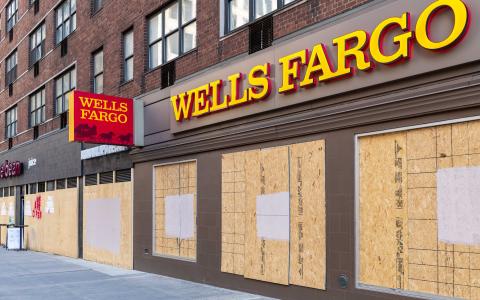
Three months into 2021 and we are seeing more bank branch closures on the cards with HSBC unveiling their plan to close branches.
Of course, this isn’t unusual news. Legacy banks are suffering a perfect storm; massive reductions in customers utilising traditional banking channels and new entrants seizing market share with innovative digital only solutions.
Shuttering branches and tearing out ATMs often from communities that aren’t ready to see them go, has been the blunt instrument to cut costs and increase efficiencies.
But there’s a risk of lost customer loyalty and reputational damage.
What I would like banks to understand is that digital self-service technologies can be at the heart of the evolution of branch banking to meet changing customer behaviours.
So, that’s why I have taken some positives from the HSBC news. While the news is dire for those staff and towns affected by closures, HSBC is talking about how it does plan for digital self service branches and pop-up branches in a variety of locations. However, HSBC does seem to be missing an opportunity to complement self-service banking with assisted service and remote service in a lean branch format.
Lean bank branches give a community a bank branch in a box or rejuvenate their bank branch as a focal point for 24 hour financial services. For example, modern ATMs can be customized to offer additional services from paying a bill to doing a live video call with a financial product specialist , and so allow cash access to be subsidised through generating extra revenues. This is becoming common in other countries like Italy. A 24/7 service also radically changes the economics of a physical branch.
Another roll call of towns and neighbourhoods losing their bank branch brings local and regional outrage. This does again make me wonder why banks aren’t looking at how they could share facilities to maintain local financial services hubs. Shared facilities aren’t uncommon elsewhere in Europe and sharing branch space can be cost saving and revenue generating as well as improve community relations. It is a common model internationally for ATMs and will become the same for branches.
My request of retail banks and other stakeholders is; let’s be more imaginative in how bank branch networks are transformed rather than mutilated in a year when people value human interaction more fervently than ever before.
This article originally appeared on Finextra.



